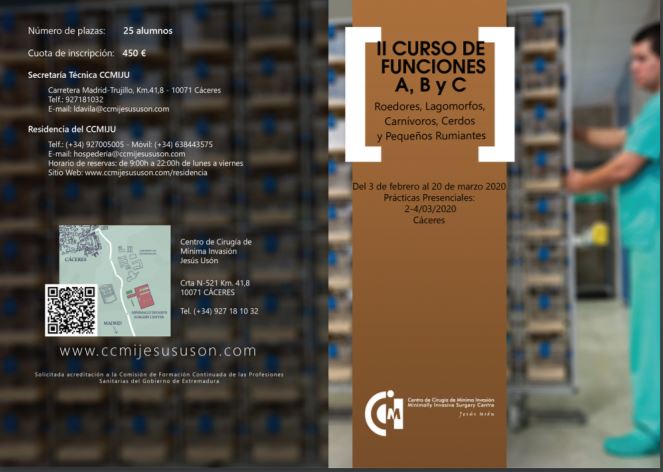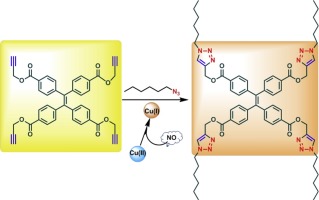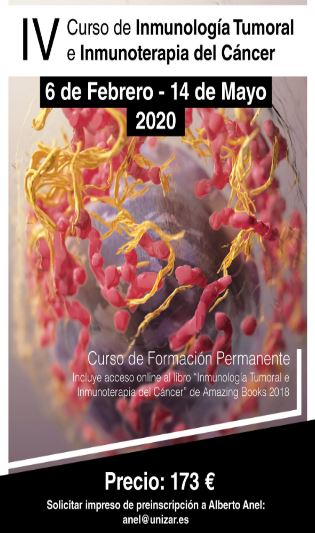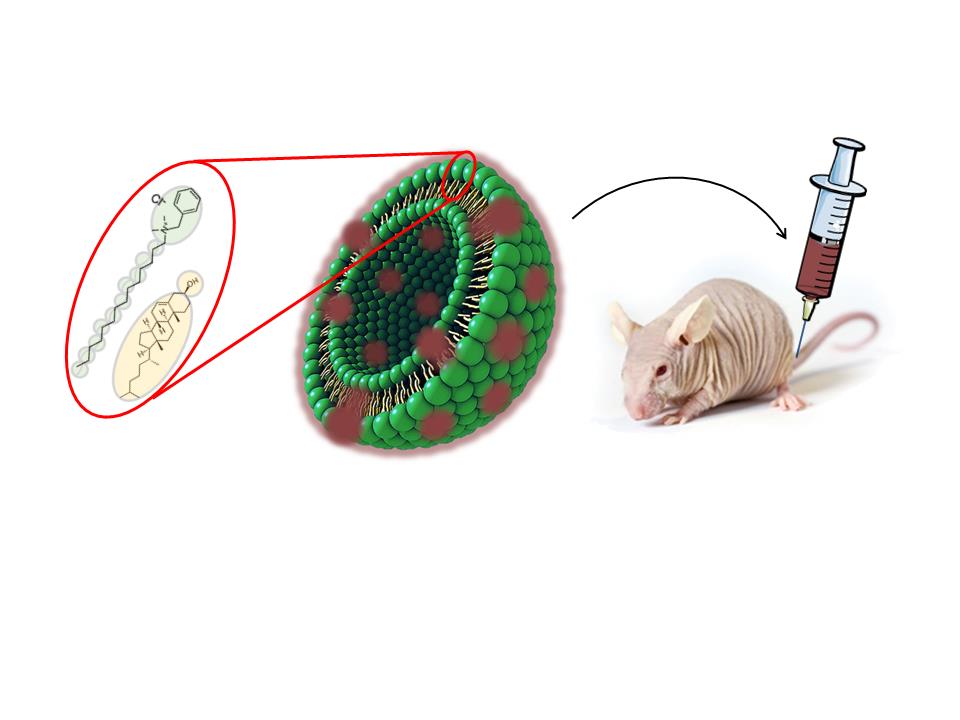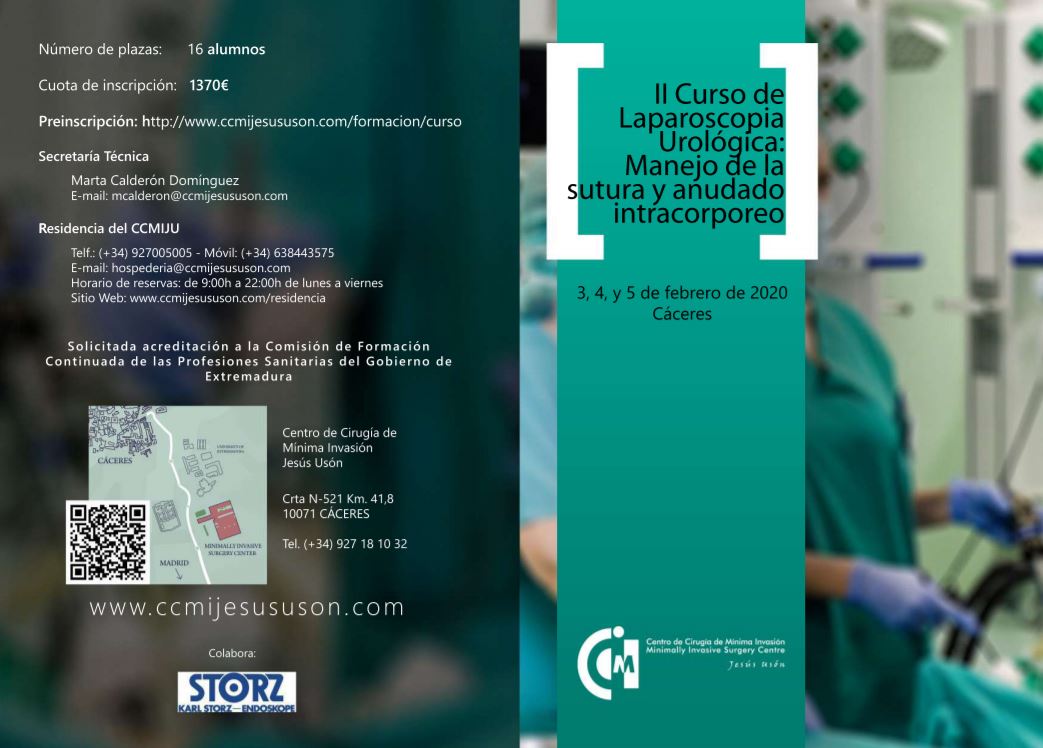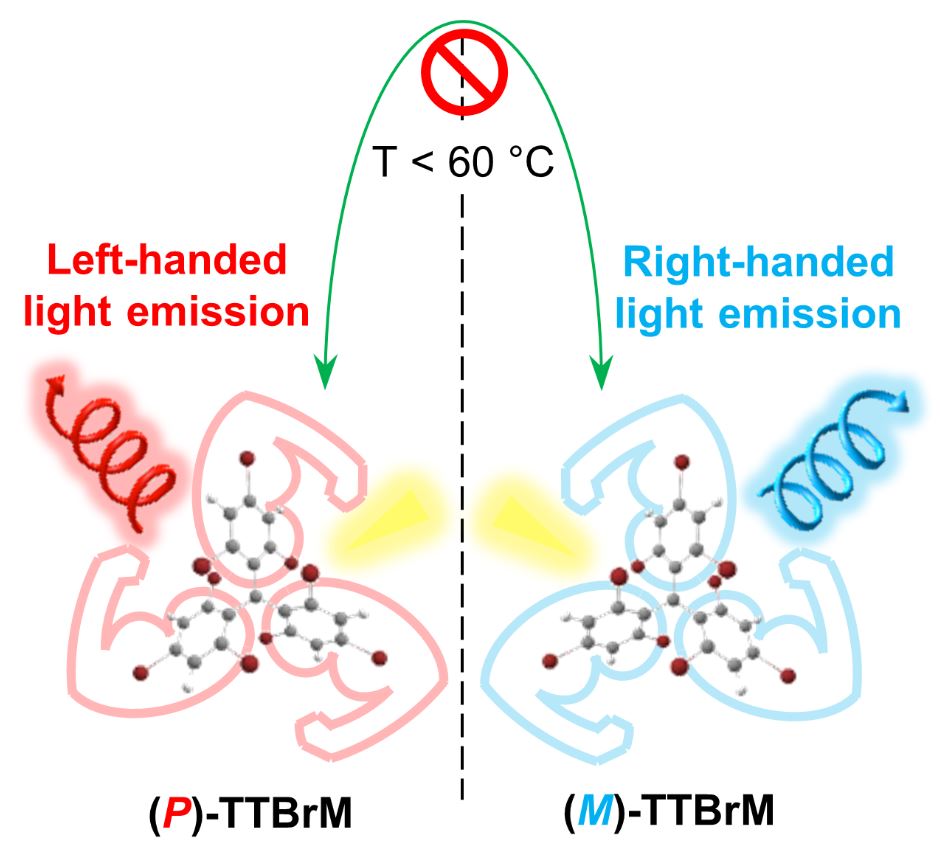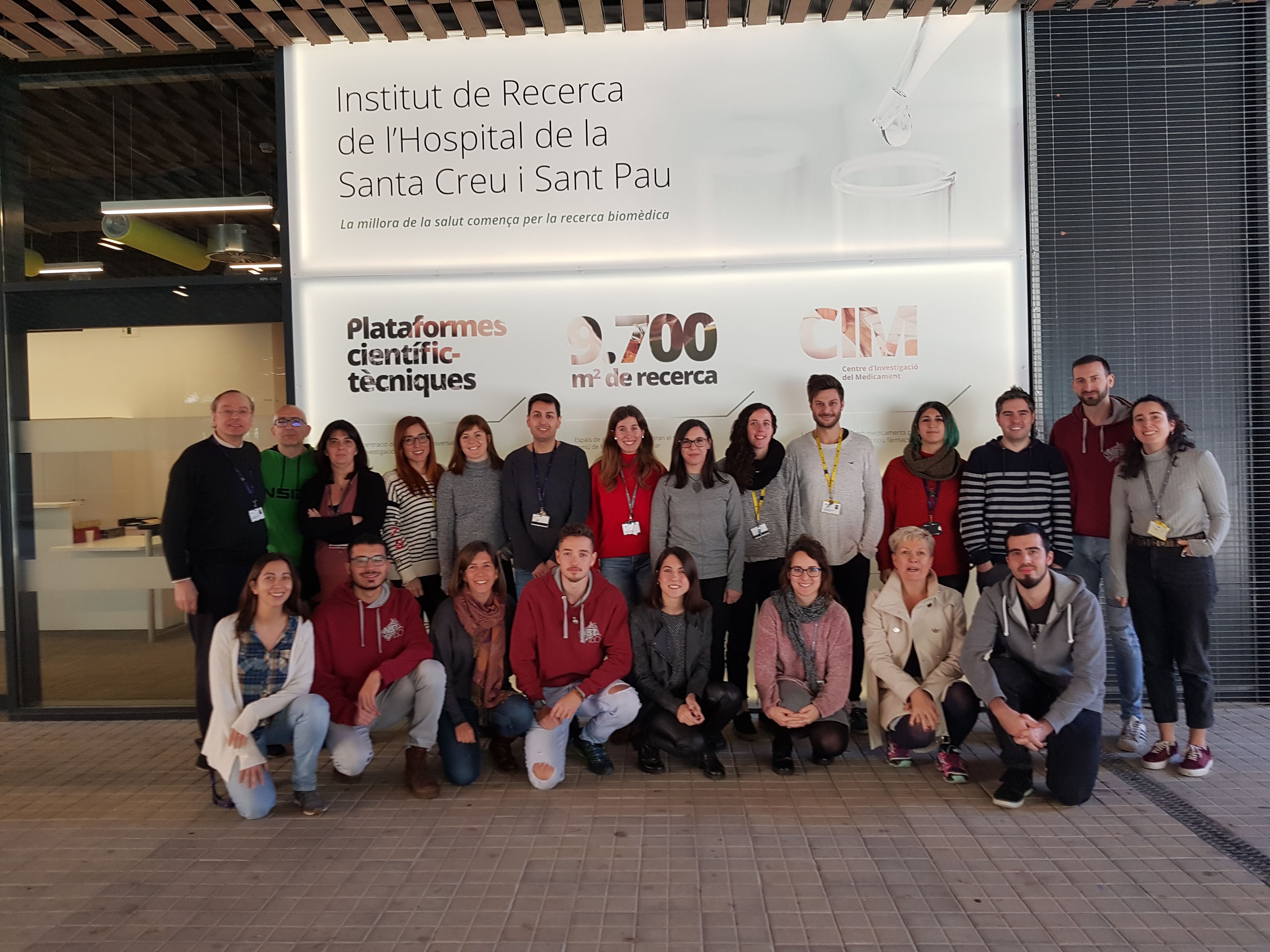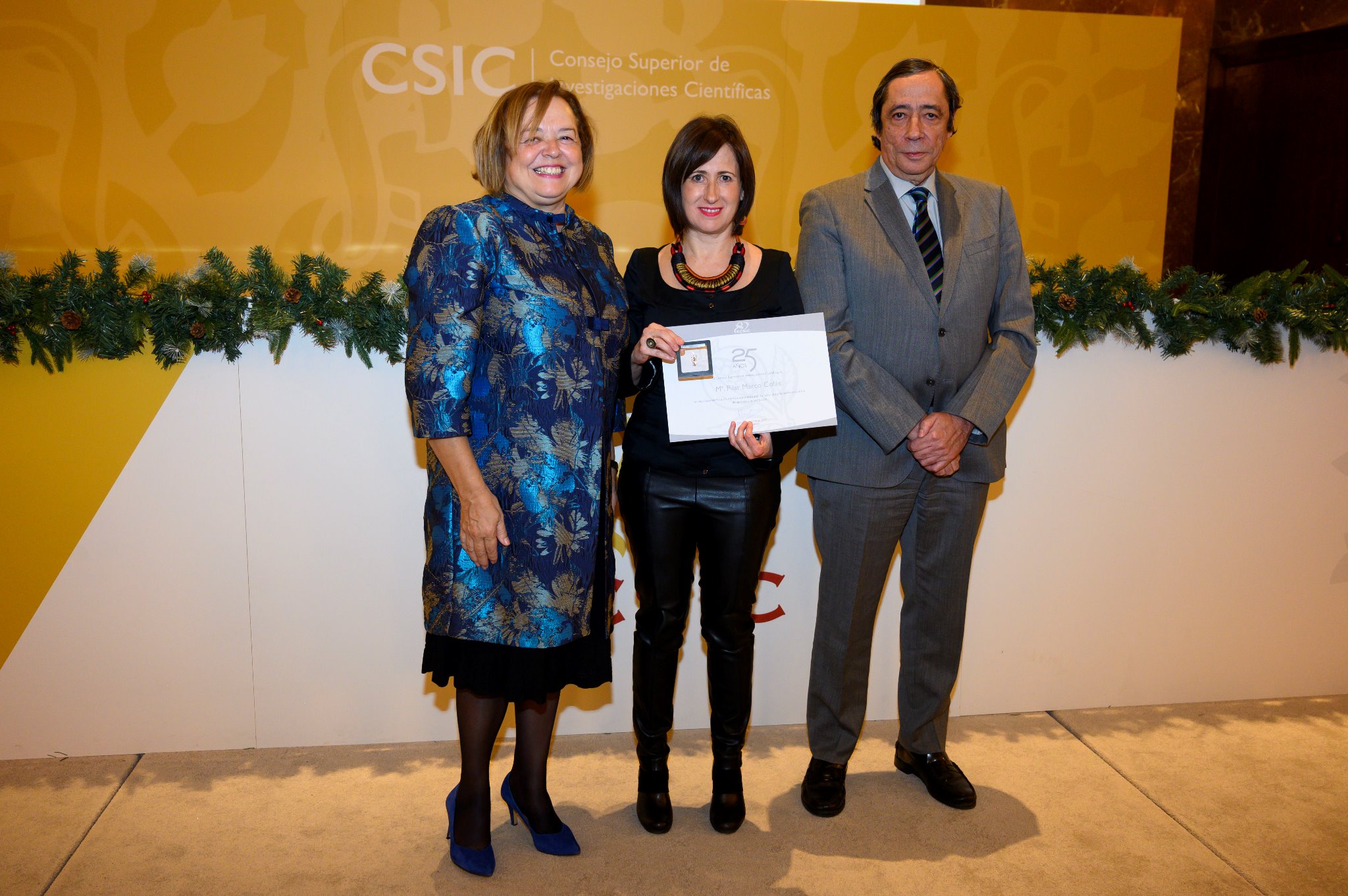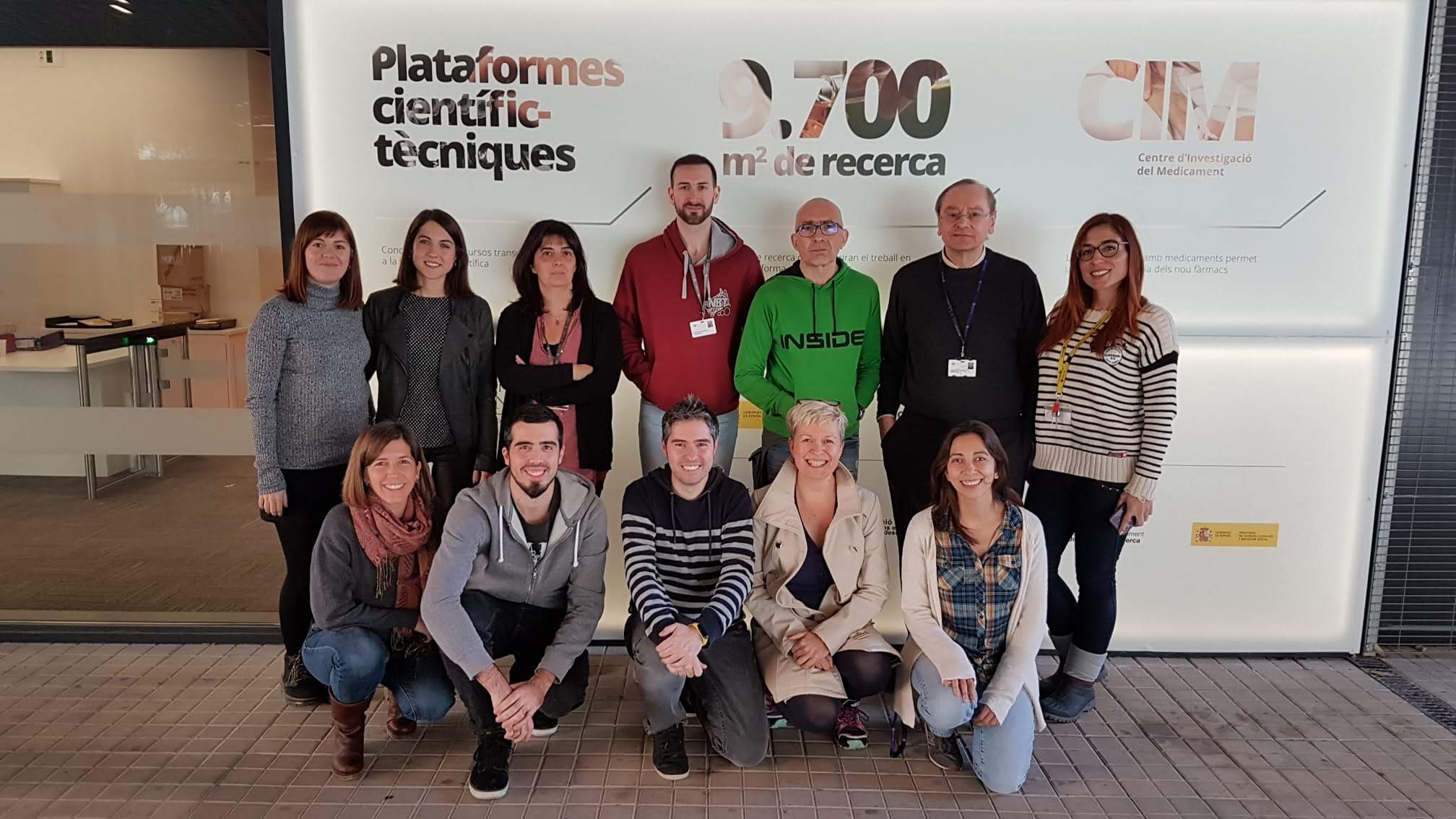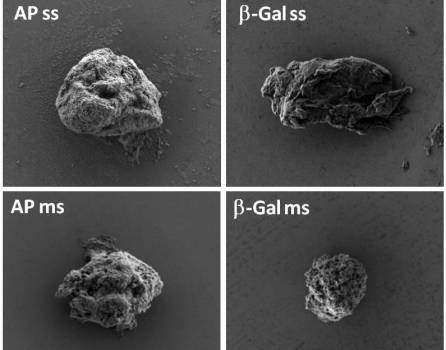II COURSE FOR THE PERFORMANCE OF FUNCTIONS A, B AND C IN RODENTS, LAGOMORPHES, CARNIVORES, PIGS AND SMALL RUMIANTS
JUMISC has organised the II Course for the performance of functions A, B and C in rodents, lagomorphes, carnivores, pigs and small rumiants which wil take place at JUMISC from 3 February to 20 March co-Directed by D. LUIS DÁVILA GÓMEZ, Scientific Director of NANBIOSIS U22. Animal housing and DR. FRANCISCO MIGUEL SÁNCHEZ MARGALLO (Deputy Scientific Director of NANBIOSIS)
The total duration of the course is 100 hours (58 theory and 42 practice)
This course has as specific objectives to provide information and expand existing knowledge in the following aspects:
-Specific legislation regarding animal experimentation .
-Ethical considerations and the principles of replacement, reduction and refinement.
-Biology, housing, handling and care of experimental animals.
-Occupational health and safety.
-Recognition of the state of health and disease of experimental animals.
-Implications of the microbiological status of animals in the experimental process.
-Anesthesia, analgesia and basic principles of surgery.
-Realization of specific procedures with experimental animals and their practical development.
-Bloodless methods of euthanasia of animals.
Programm and inscriptions here
